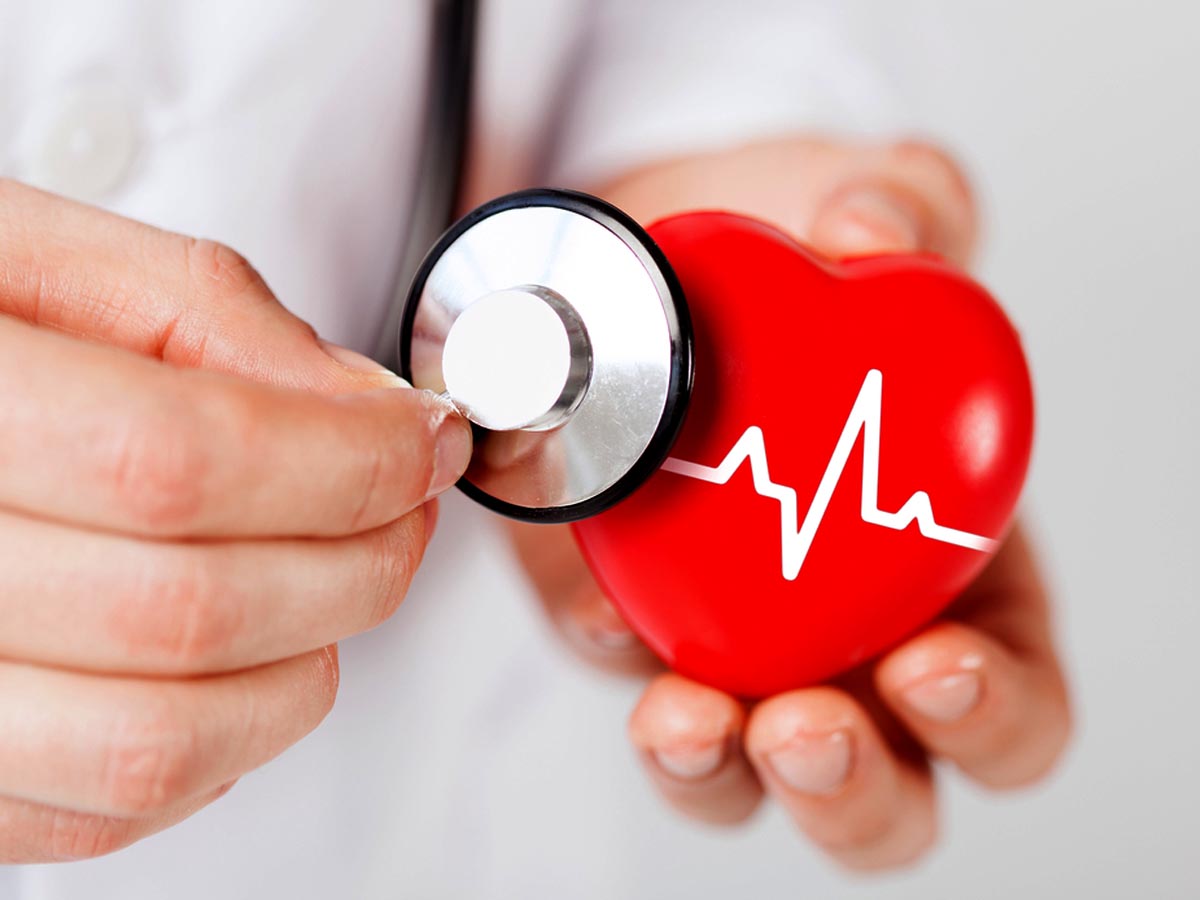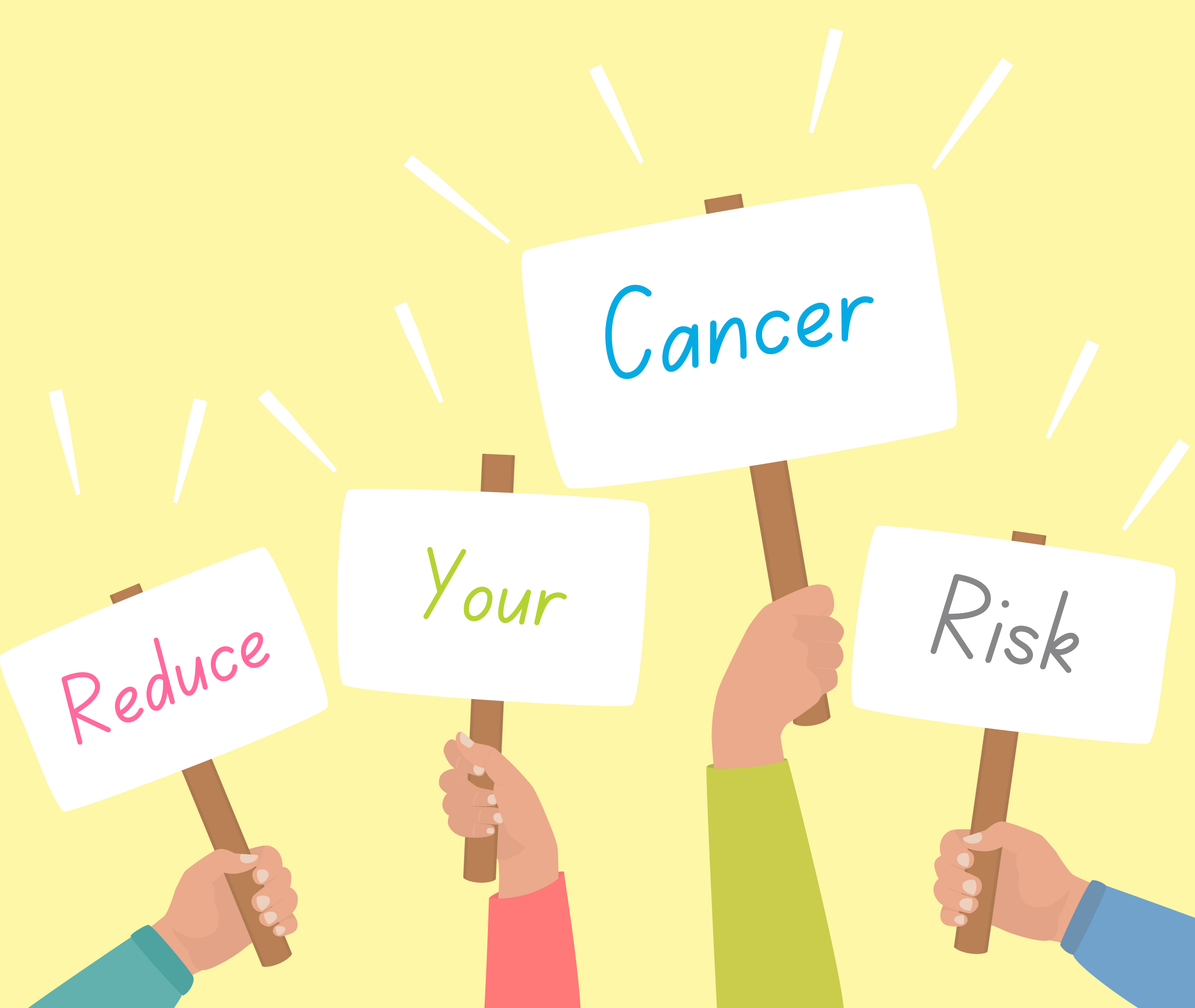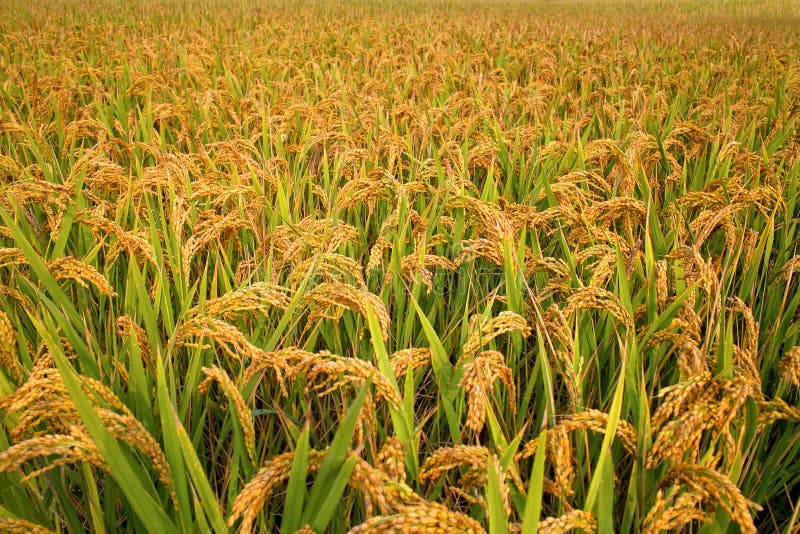

About
Pujari & Family
- Welcome to Pujari & Family Farm Rice, a family-run venture rooted in generations of farming expertise. Our passion for sustainable agriculture and commitment to providing customers with the finest quality organically grown rice sets us apart.
- At Pujari & Family Farm Rice, we are dedicated to cultivating rice using organically grown methods. We firmly believe that by working in harmony with nature, we can produce food that is not only delicious but also healthier for our bodies and the environment.
- Our rice is grown without the use of synthetic fertilizers or harmful pesticides, ensuring that every grain carries the natural goodness that nature intended.
- We take pride in personally overseeing every step of the rice cultivation process, from planting the seeds to harvesting and processing. By eliminating intermediaries, we can directly deliver our premium rice to your doorstep, ensuring maximum freshness and traceability.
- With Pujari & Family Farm Rice, you can savor the authentic flavors of our carefully nurtured grains while supporting local farmers. By choosing Pujari & Family Farm Rice, you are not just purchasing rice; you are joining us on a sustainable journey.
- Together, we can make a positive impact on the environment, support ethical farming practices, and nourish our bodies with wholesome, organically grown food.

What is Low GI? And how is Low GI diet helpful?
Low GI stands for "Low Glycemic Index." The glycemic index (GI) is a scale that ranks carbohydrates in foods based on how quickly they raise blood glucose (blood sugar) levels after consumption. Foods with a high GI are rapidly digested and absorbed, causing a rapid spike in blood sugar levels, while foods with a low GI are digested and absorbed more slowly, leading to a slower, more gradual increase in blood sugar levels.
The three GI ratings:
| High | Medium | Low |
|---|---|---|
| 70 and above | Between 56 and 69 | 55 and lower |

A low GI diet is helpful for several reasons:
1. Blood Sugar Control:Low GI foods can help stabilize blood sugar levels, which is especially important for people with diabetes. By avoiding rapid spikes and crashes in blood sugar, individuals can better manage their condition and reduce the risk of complications.
2. Satiety and Weight Management:Low GI foods tend to provide longer-lasting feelings of fullness and satisfaction, which can help with appetite control and weight management. People are less likely to experience intense hunger shortly after eating low GI foods.
3. Improved Energy Levels:Foods with a low GI can provide a steady source of energy throughout the day, as they release glucose into the bloodstream gradually. This can help maintain energy levels and reduce fatigue.
4. Heart Health:A low GI diet may contribute to heart health by reducing the risk of insulin resistance, which is associated with cardiovascular disease. Additionally, low GI foods often include whole grains and fiber, which can help lower cholesterol levels. .
5. Better Overall Nutrition:Many low GI foods are nutrient-dense and rich in fiber, vitamins, and minerals. By choosing these foods, individuals can improve their overall nutrition and promote better health.
6.Reduces the Cancer Risk :It's essential to remember that cancer risk is influenced by a combination of factors, including genetics, lifestyle choices, environmental exposures, and overall dietary patterns. While a low GI diet can be part of a healthy lifestyle that may reduce certain risk factors for cancer, it should not be relied upon as the sole preventive measure. A well-rounded and balanced diet, regular physical activity, and other healthy lifestyle choices are crucial for reducing the overall risk of cancer and promoting overall well-being.

Additional Advantages
Increases energy & endurance

Promotes healthy heart
Boosts immune system

Aids in weight management




